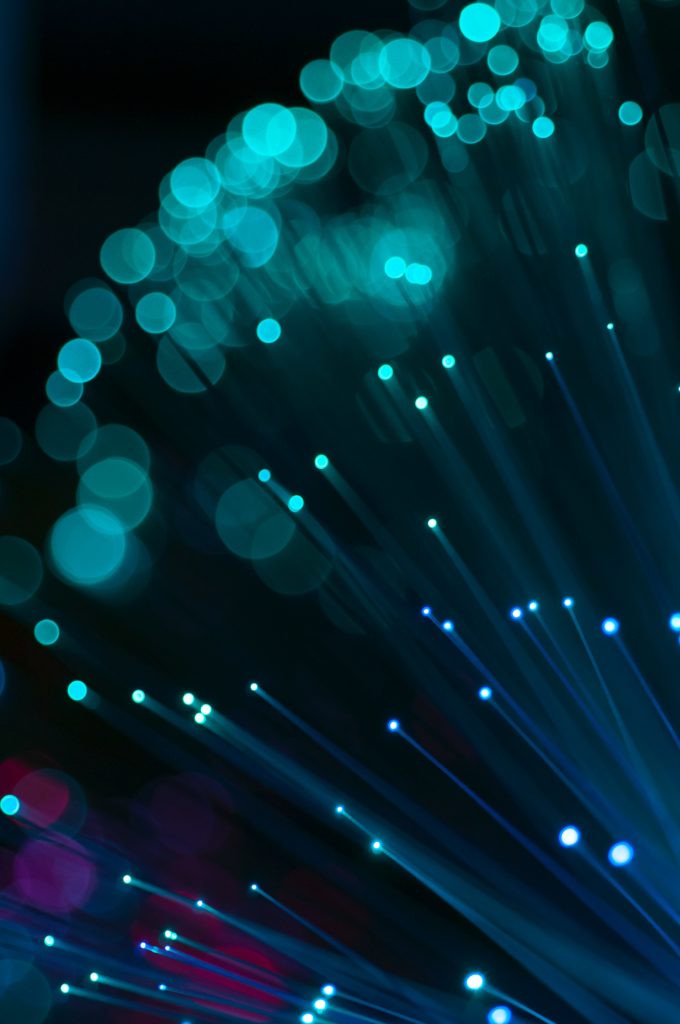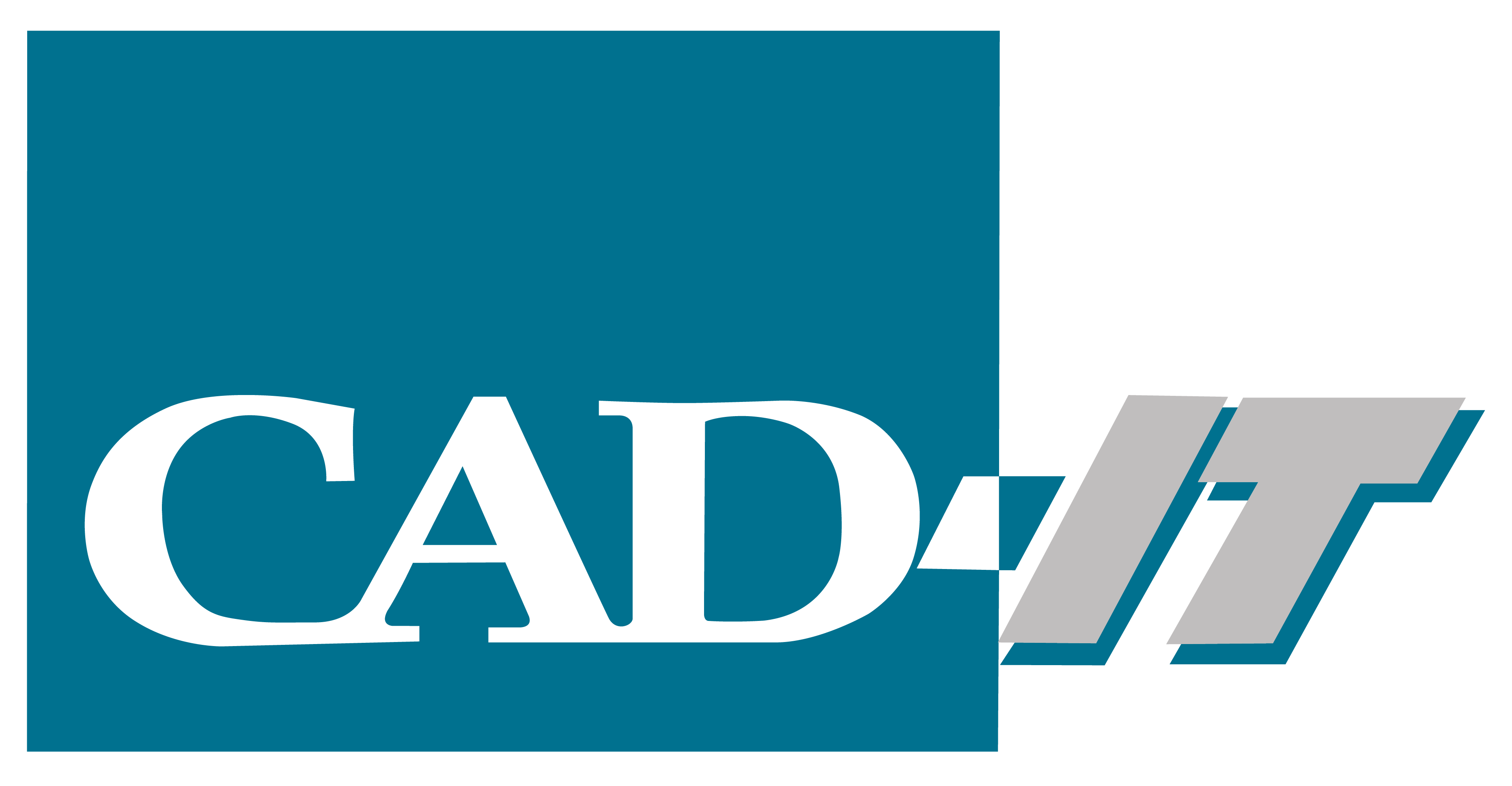Blog Post
Realistic IoT vs Visionary IoT, what’s the difference and how to get started quickly with IoT for industrial business.
First, what is IoT?
IoT stands for the Internet of Things, which describes the network of physical objects that are connected by sensors, software, and other technologies to exchange with other systems and devices via the internet. IoT is often portrayed to be the answer to everything, with limitless AI, machine learning and closed-loop digital twin capabilities. With all these possibilities displayed to you, it can be hard to separate what’s realistic to achieve quickly in order to get started with IoT for industrial business, and then what is more of visionary idea for the future.

But how easy is it to implement predictive maintenance, build a closed-loop digital twin, or automate your systems with AI? More so, do you even have to do any of those things to get value from the IoT?
“The IoT Platforms market between 2015 and 2020 grew to be $800 million larger than we forecasted back in early 2016.”
Why do people refer to IoT in this visionary language?
This is because the IoT is capable of significantly improving efficiency and productivity, and the more complicated and powerful the use case, the more powerful the value can seem. To get started, begin with the most basic of capabilities to get the foundation, ROI and confidence that you need to grow into the more complicated, “visionary” use cases.
Realistic IoT is the foundation of capabilities needed to develop more visionary IoT uses. Realistic IoT is made up of concepts such as.
- Condition Monitoring which analyses specific parameters and key performance indicators (KPIs) to track operating conditions, and then be alerted to any deviations and or anomalies.
- Remote Condition Monitoring performing condition monitoring for machines that are located offsite, even on a global scale.
- Asset Performance Management enables you to track the condition and status of your machines, so they stay within optimal operating conditions.
- Remote Service analyse and fix machines, remotely.
Visionary IoT goes beyond this foundation of use capabilities.
- Prescriptive Maintenance goes further than predictive maintenance by not only forecasting issues, but then by recommending the actions to take.
- Closed-loop Digital Twin then expands a machine’s live performance data back into the digital twin of design and production, updating simulations in near-real time.
- Augmented Reality (AR) provides machine manuals and work instructions over the actual machines needing service
- Machine Learning & AI both work to facilitate the implementation of fully automated systems.
Now how to get started quickly with IoT for industrial business. With all the powerful capabilities an IoT solution possesses, it is easy to believe that getting started with any form of industrial IoT is complex, expensive and resource-heavy, but it shouldn’t be.

The right solution shouldn’t be complex, it should allow you to start with a small proof of concept, and then securely and easily scale when you are ready. Your implementation should be as gradual or fast as you need. Furthermore, when you start small and prove value before jumping all in, your upfront expenses dramatically reduce. It is even better to have a solution that allows you to slowly scale up and down at your pace. The right solution should ease the burden on your employees. Out-of-the-box connectivity, ready-made applications, and resources for low-code application development remove the need for large teams to manage implementation. Further, starting small allows you to plan and align your strategy before things get uncontrollable.
The future of IoT within industrial business is certain with manufacturing operations. By using advanced analytics and AI, such as ones offered by MindSphere this powers IoT solutions from the edge to the cloud with data from connected products and systems to optimize operations creating a better-quality product and the ability to deploy new business models.
From the moment your machines are connected, and you will have transparency into the data they are recording, the best place to quickly get started with realistic IoT is remote condition monitoring and remote service. Remote condition monitoring involves connecting to the sensors on products through IoT, and then remotely tracking how and when the product is being used and how it is performing. Not only is this able to be implemented quickly, but it also directly offers solutions to the challenges manufacturers face.
With globalization and low barriers to entry, products are commoditized. Trying to differentiate just function, features or price is not a successful long-term strategy. IoT-enabled service offerings can set you apart. As more and more, customers do not want to buy products; they want to purchase outcomes and prove ROI. Being able to lease products and charge by use is quite attractive to customers. The cost of downtime for machines or systems can be brutally expensive, IoT can nearly eliminate scheduled maintenance and unexpected failures of machines/products in the field, giving you an edge on the competition.
If you would like more information on either IoT or MindSphere, please contact us at info@cadituk.com or call us on +44 1785 847 066
